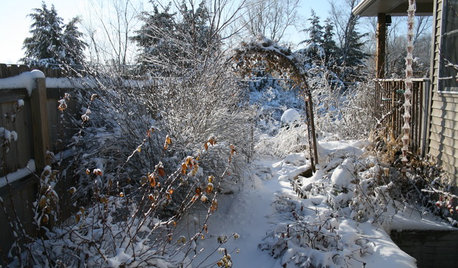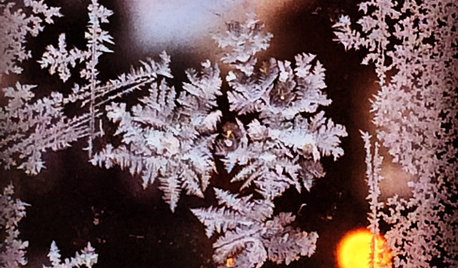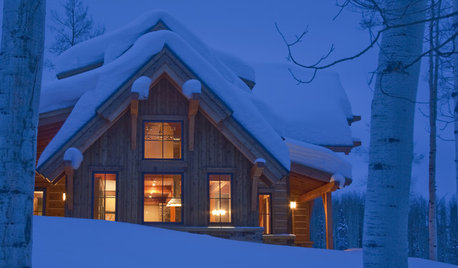ugh this ice!!!! what to use??
kpaquette
13 years ago
Featured Answer
Sort by:Oldest
Comments (12)
carol6ma_7ari
13 years agoRelated Professionals
Norfolk Landscape Architects & Landscape Designers · Barrington Hills Landscape Architects & Landscape Designers · Harrison Landscape Architects & Landscape Designers · Hartford Landscape Contractors · Stoughton Landscape Contractors · Ashburn Landscape Contractors · Fort Wayne Landscape Contractors · Pikesville Landscape Contractors · Shirley Landscape Contractors · West Allis Landscape Contractors · Palos Heights Landscape Contractors · Dayton Decks, Patios & Outdoor Enclosures · Gastonia Decks, Patios & Outdoor Enclosures · Hockessin Decks, Patios & Outdoor Enclosures · Mobile Decks, Patios & Outdoor Enclosuresmad_gallica (z5 Eastern NY)
13 years agoscpearson
13 years agospedigrees z4VT
13 years agoginny12
13 years agopixie_lou
13 years agotree_oracle
13 years agospedigrees z4VT
13 years agokpaquette
13 years agoPenelope
13 years agospedigrees z4VT
13 years ago
Related Stories

LIFE6 Ways to Beat the Winter Blahs
Snow and dark days dampening your spirits? These ideas will have you looking on the bright side
Full Story
LIFEThe Moving-Day Survival Kit: Lifesaving Items and Niceties
Gather these must-haves in advance for a smooth move and more comfortable first days in your new home
Full Story
LIFE3 Ways to Get Unstuck — About Organizing, Decorating, Whatever
Break out of the do-nothing rut to accomplish your goals, whether at home or in other parts of your life
Full Story
LIFEPolar Vortex: How Houzzers Are Coping With the Storm
Spirits are staying high even as the mercury plunges to new lows. Do any of these firsthand accounts sound familiar?
Full Story
MONTHLY HOME CHECKLISTSDecember Checklist for a Smooth-Running Home
It's time to add weather stripping, plan for holiday home safety, consider backup heating, check your emergency kits and more
Full Story
DISASTER PREP & RECOVERYRemodeling After Water Damage: Tips From a Homeowner Who Did It
Learn the crucial steps and coping mechanisms that can help when flooding strikes your home
Full Story
EARTH DAYThe Case for Losing the Traditional Lawn
Work less, help the environment and foster connections by just saying no to typical turf
Full Story
LIFEIs Cabin Fever Real? Share Your Story
Are snow piles across the U.S. leading to masses of irritability and boredom? We want to hear your experience
Full Story
GREAT HOME PROJECTSHow to Give Your Driveway and Front Walk More Curb Appeal
Prevent injuries and tire damage while making a great first impression by replacing or repairing front paths
Full Story







kpaquetteOriginal Author